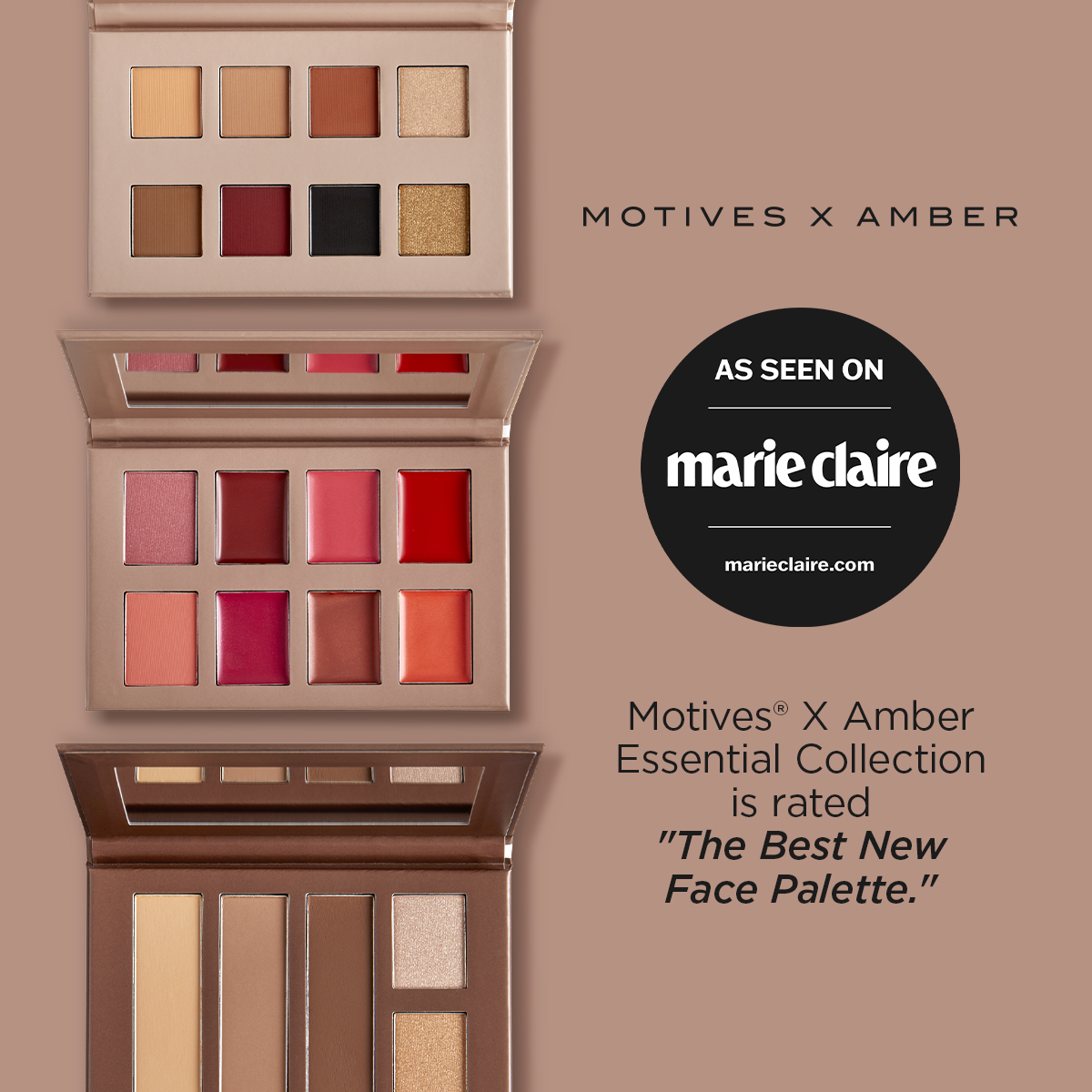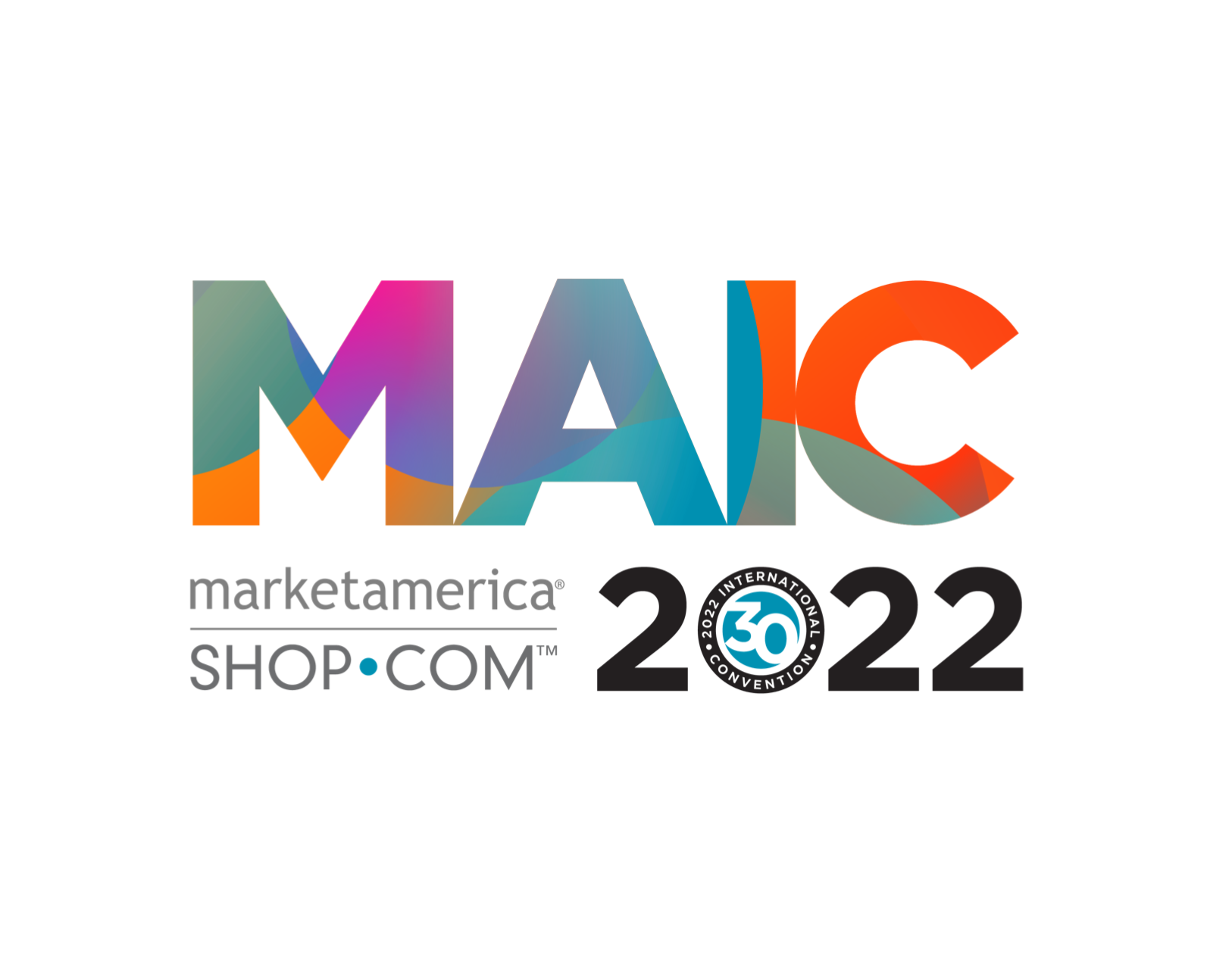When used well, taglines can resonate with consumers for years (Nike’s just do it, anyone?). But if done wrong, you can cheapen the brand and do more harm than good. So on that note, here are ten tips from Razor Branding Blog’s Jaci Russo.
1. Bland – Safe and predictable appeals to no one. Just makes your company seem generic. Phrase it in a new way – everyone might not get it but that’s okay. Impact a small number of people completely rather than a large number only a little bit. Think brand, not bland.
2. Imitation – Your company is different than your competition. Illustrate that in every touch point – especially your tag. If you look and sound just like them then your consumer is going to go straight to them.
3. Literal – Using a phrase with multiple meanings is very sticky and will cause your consumer to pause and think about it.
4. Cliché – You have to avoid words and phrases that are trendy and overused jargon. Also avoid industry speak and any phrasing that is already claimed by another company.
5. Depressing – The tag doesn’t have to be slapstick funny but boring serious taglines don’t appeal to anyone. Connect emotionally but don’t make them want to cut themselves.
6. UnTrue – Every touch point is making a promise to the consumer – whether you mean it to or not. Don’t make false promises, unless you want to run them off.
7. Verbose – It doesn’t have to be just three words, but it can’t be 30. Say it as succinctly and clearly as possible while still being catchy.
8. Self-Centered – It can’t be all about you, otherwise there is no place for your target audience. Instead, make it about them. Let them see themselves in your tag so they can identify with your company.
9. Vetted – If you love your tagline and think its the greatest one ever the first thing you need to do is protect it. Do your due diligence and make sure it isn’t already taken and then go through the proper steps to register it.
10. Invisible – You have a great tagline that perfectly communicates your company. Now you have to make sure it isn’t hidden away. Use it everywhere as a point of connection with your consumers.






